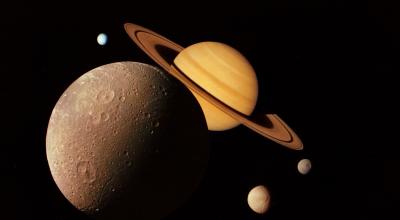Ever wondered why is Mercury too hot, Jupiter is too cold, but Earth is just right?
In this interactive online session, Year 5-8 students will explore we use measurement, scale, coordinates and other scientific data to describe the planets in our solar system.
The attached resources are to support the online event.

Register for Operation: Goldilocks
This online, scheduled event is only reserved for teachers and educators to participate.







